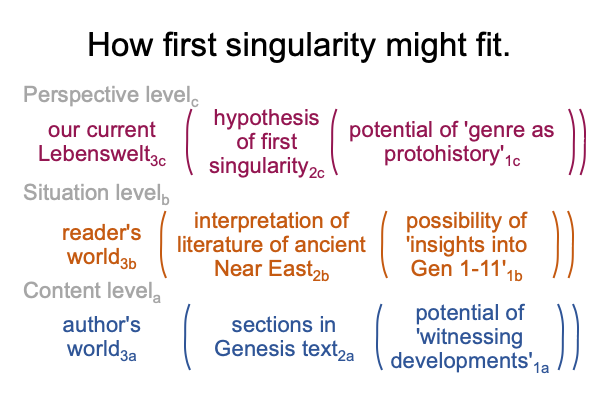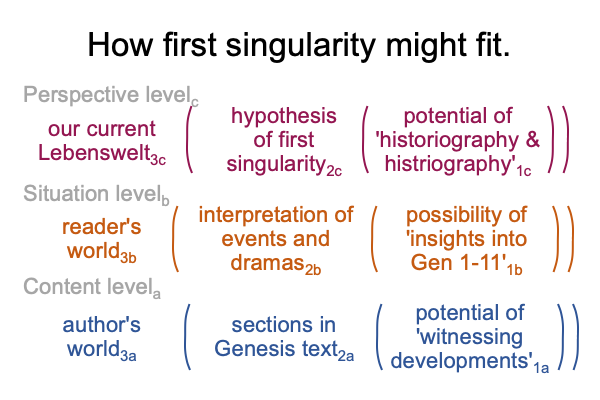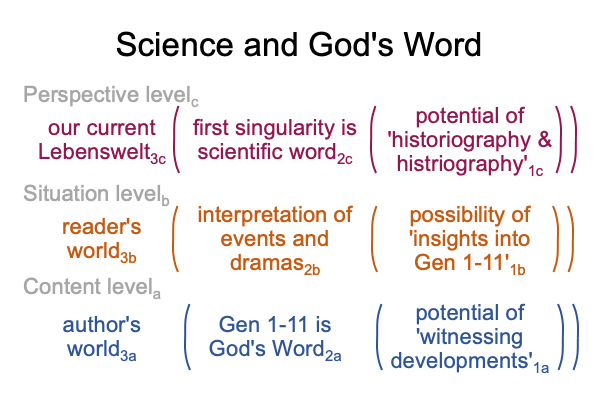Looking at the Book (2015) Genesis: History, Fiction or Neither? (Part 26 of 38)
0093 Wenham considers an odd passage, Gen 6:1-4. The passage sounds like fantasy or myth. But, the placement is crucial. The mention of the Nephilim comes right before the first announcement of the flood.
Commentators offer a wide variety of explanations.
Here is mine.
0094 If a four-hundred year cycle associates to a genre, and if the primeval history covers nine cycles, then one expects a layering of genres in the same fashion as sedimentary rock. The Nephilim are mentioned in passing. It is like a distinct, thin layer in sedimentary rock.
0095 Here is an analogy from modern times.
During the latter half of the nineteenth and start of the twentieth centuries, at the zenith of the Age of Ideas, textbooks in philosophy covered the Greeks, the Romans, then the Renaissance, the Western Enlightenment and Modernism. Twelve centuries of the Latin Age are thinned down to a funny little term, “the dark ages”. That is three cycles, one for each word.
0096 With this analogy in mind, Genesis 6:1-4 may cover a lot of history. It has its own genre. This genre differs from the genre of the flood.



